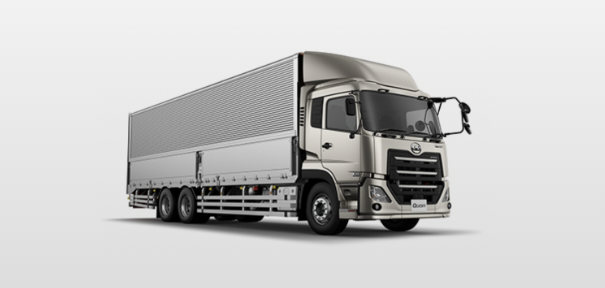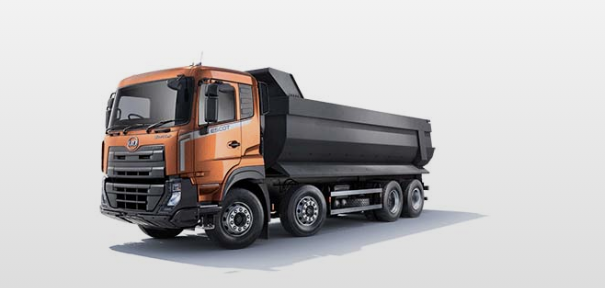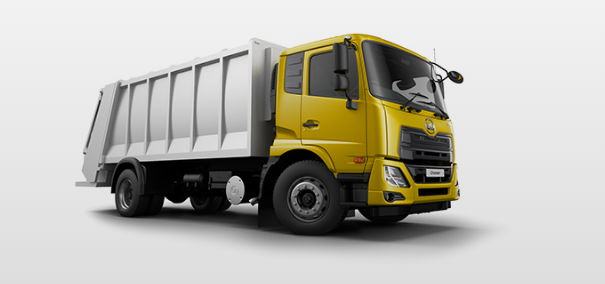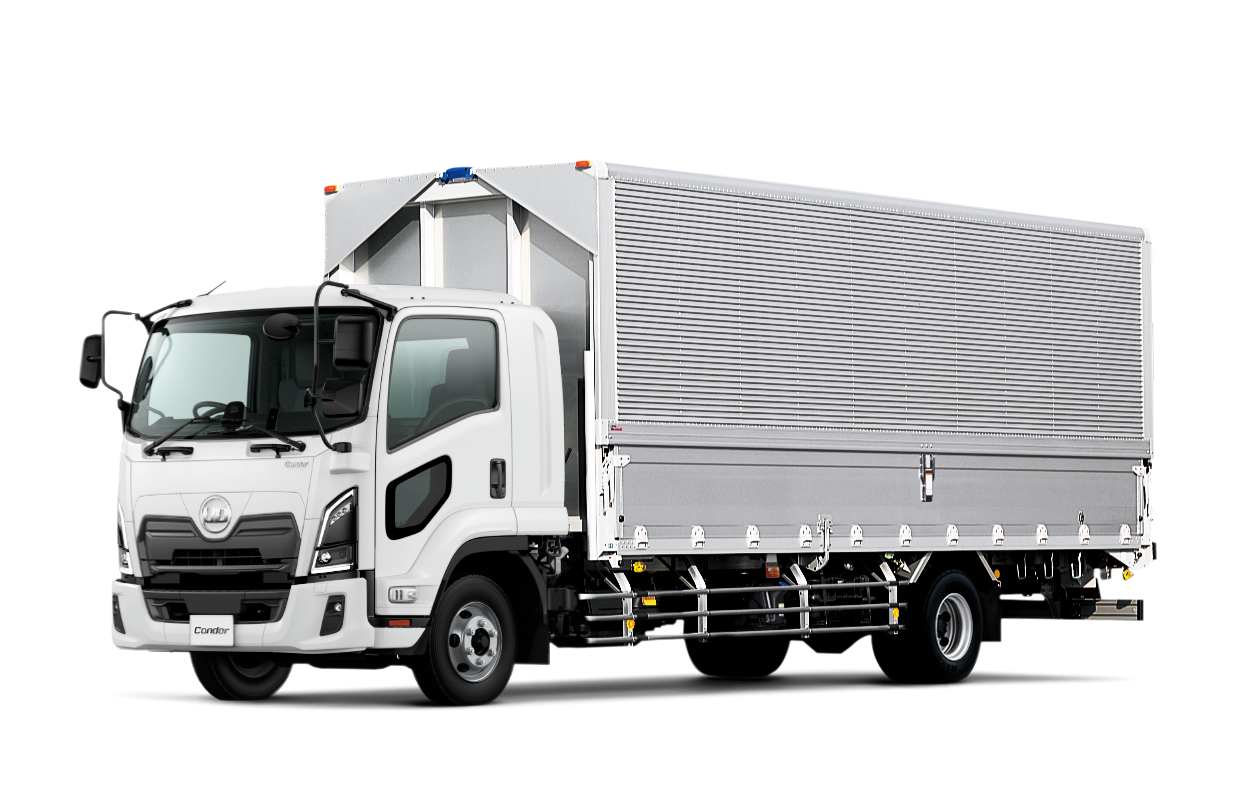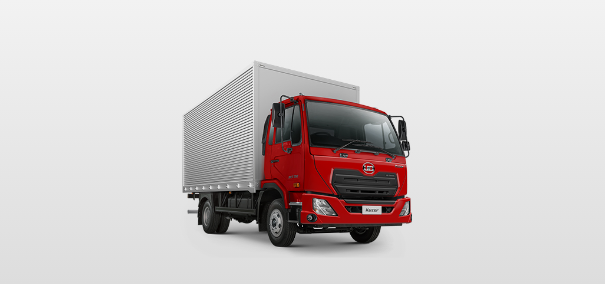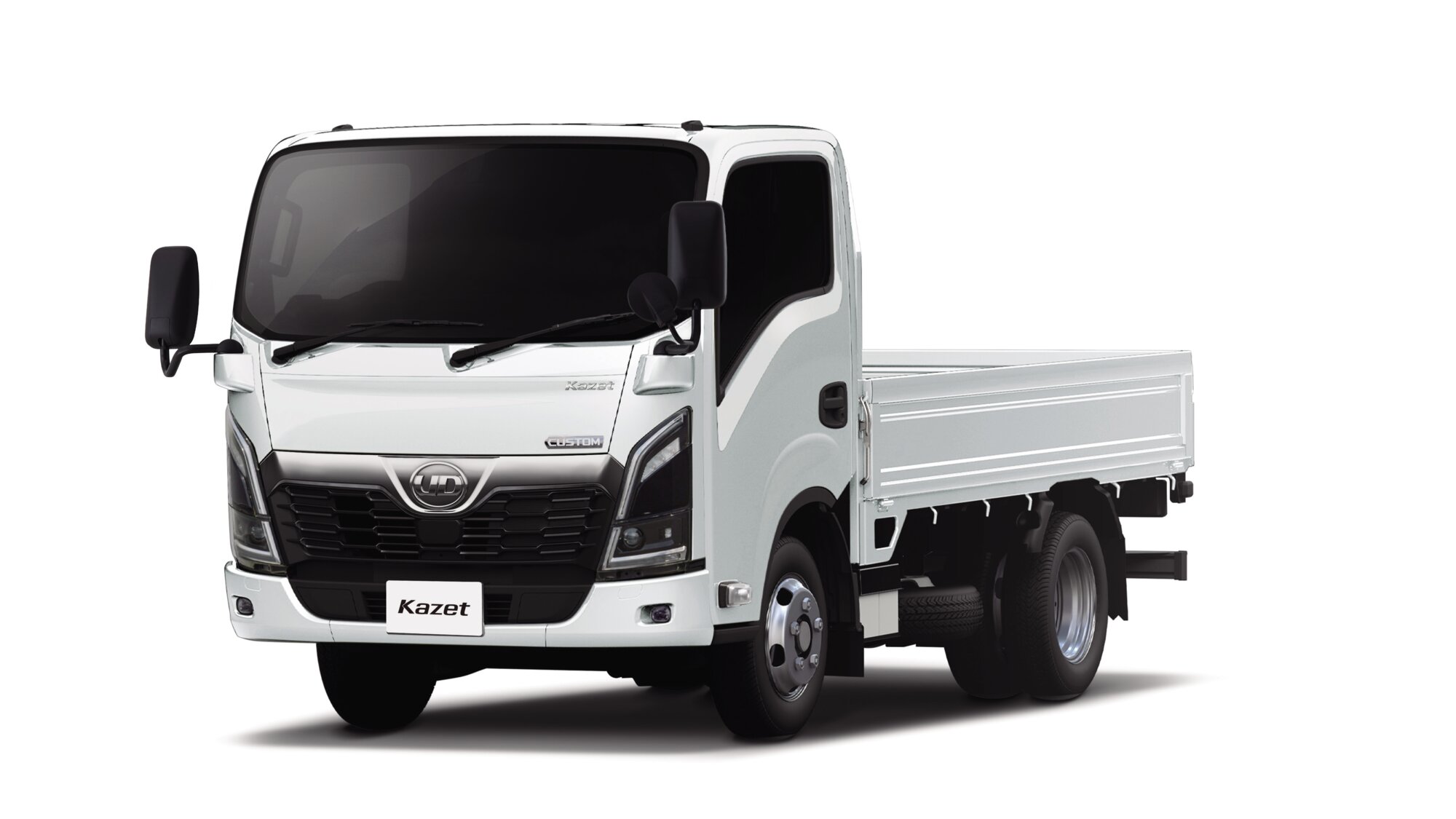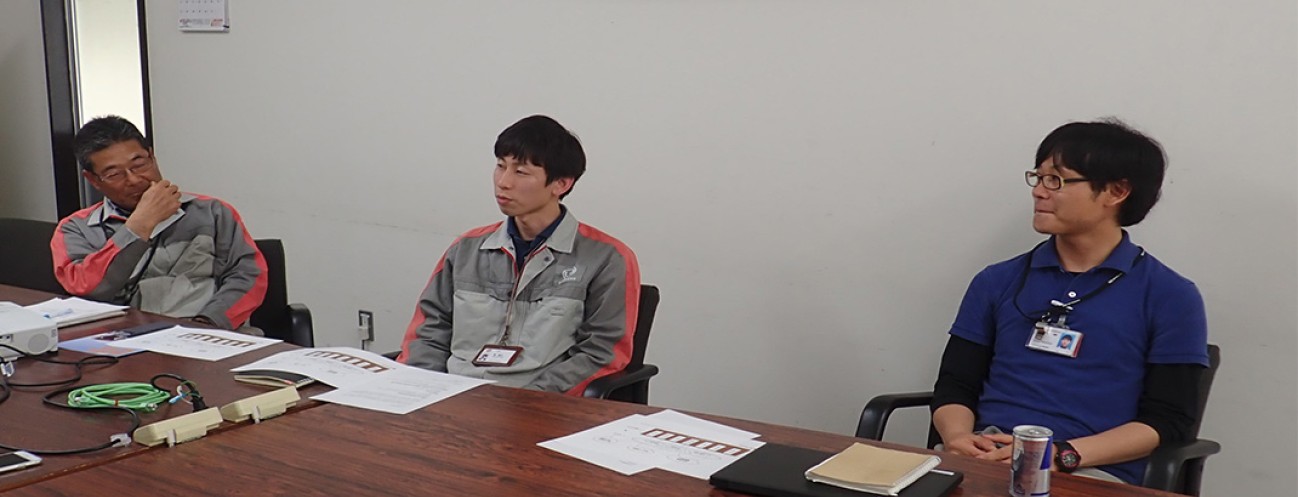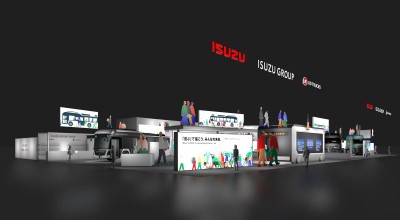Before our trucks are put on the market, they go through a rigorous process of product development, vehicle inspection and quality assurance. In the first part of this series, we introduce three test drivers who play a critical role in ensuring that our trucks meet the highest of standards to satisfy the most demanding of customers.
Test drivers are generally employed by automotive companies and tire manufacturers. They gather and analyze all kinds of data to observe how the product behaves and identify the cause of any faults or defects. They are the true champions of Ultimate Dependability, scrutinizing every detail of vehicle performance. To get to know these drivers up close, we visited the Motegi test center in Tochigi Prefecture.
Evaluation of trucks is entrusted to test drivers belonging to a company called PRD (formerly UD test drivers). There are 23 people working at the test center. This includes UD Trucks' own test driver team, which was set up in January 2018 and currently employs eight people.
We spoke to three drivers on the UD team: Sadayuki Arai, a senior test driver and trainer, Takayuki Suga and Yusuke Tsuchida.
The role of the test driver in product development
Being a professional test driver means always seeing things objectively from the customer’s point of view. It’s also important to keep your senses sharp. The test driver’s job is not limited to the finished vehicle; they also drive production and testing models, and inspect hundreds of individual items as well as analyze vast amounts of data.
Arai is the longest serving of the three interviewees, having joined UD Trucks in 1975. He retired after a long career in PRD, but in 2018 he returned to work as a test driver for the UD Trucks team. He is somewhat of a living legend at Motegi, patiently but strictly passing on his skills to the next generation.
Q: What makes this job special?
Arai: It’s very rewarding to see customers’ suggestions incorporated into product development through the skills and expertise one has cultivated. I still remember testing the 2nd generation medium-duty Condor introduced in 1977. We had repeated discussions about the gear stick - its angle, position and operability, what shape would make it easiest to engage. The joy we felt when the team’s suggestions were incorporated - well, that was something special!
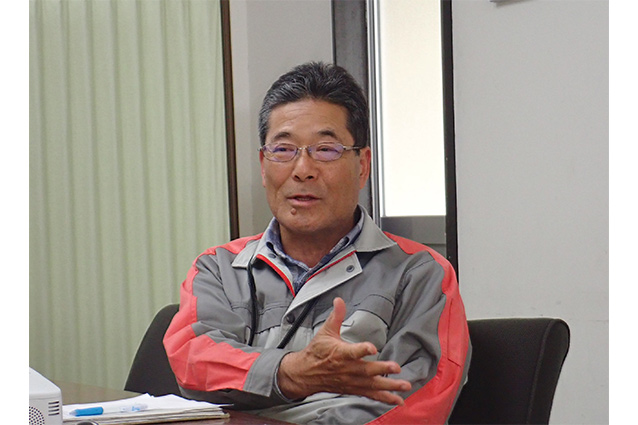
Suga: I work not only with the finished trucks, but also with the development models, so it’s very rewarding to see the truck improve and evolve through these stages. It’s a special feeling to see those same trucks being driven on the roads too. The challenging part is keeping up with constantly changing market trends and needs, which have to be reflected in the product.
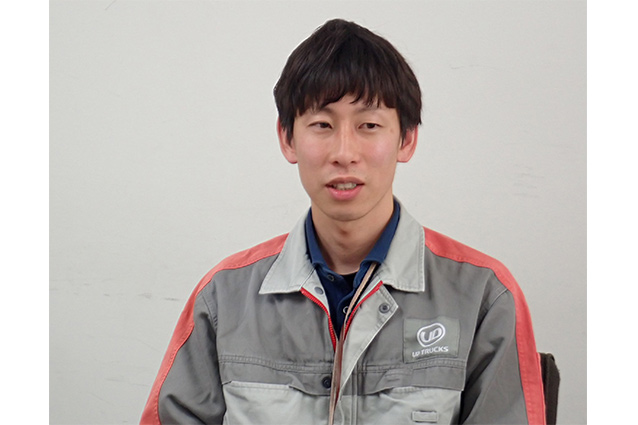
Tsuchida: The other day I did my first truck driving assessment. I compared our trucks with other our competitors, evaluating them on very narrowly defined details. I had to rate the differences between the trucks across several categories in an objective way. The evaluation always has to be from the customer’s perspective. I constantly think about what the most demanding customer might ask and how we would respond. It honestly takes discipline to remain strictly objective, and not let my own personal opinion get in the way with what’s best for the customer.
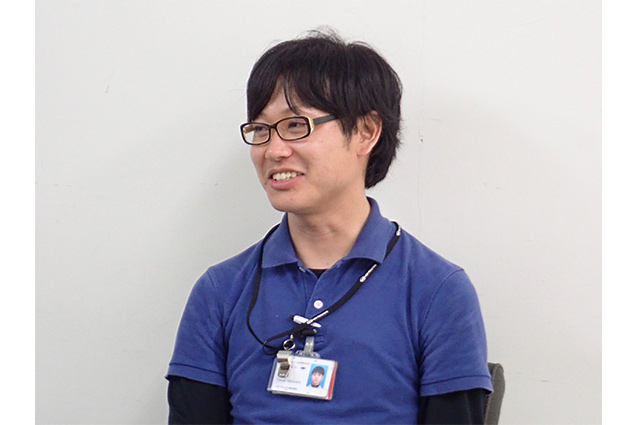
Training in an age of change
With the automotive industry in the midst of a once-in-a-century revolution, cultivating a flexible mindset for test drivers is vital for professional growth.
Q: Tell us your thoughts on driver training?
Arai: Last year the new UD Team was built, and we concentrated on the fundamentals such as understanding vehicle structure and maintenance, as well as safe and proper handling of the measuring instruments. We’ve drawn up a list of what’s been improved over the past year and what still needs to be done, and this will act as a foundation for our evaluation checklist and help identify future issues.
Each evaluation criteria are precisely described. If there is anything new, we can study it thoroughly in advance. Our younger colleagues are not afraid of making mistakes and eager to take on new challenges. Older veterans like me have the expertise, and we do our best to pass that knowledge on.
Q. What are your aspirations as a test driver?
Suga: Safety is the absolute priority for a company that makes and sells vehicles. That’s our role; it’s vital, and a heavy responsibility. As driving technology continues to evolve, new safety performance standards are likely to emerge. The tools that we use to obtain information from vehicles will probably change. I want to be ready for these changes, by studying and broadening my knowledge, not just on-site but in the classroom. My aspiration is to see a product that reflects my dedication to the job.
Tsuchida: I am interested in automated driving and electromobility, so I personally want to learn more about these new fields. In the future, I’d like to become an expert in this area, becoming somewhat of a go-to person for information. UD Trucks is keen on employee education, so I want to pursue as many courses in this area as I can.
Understand others and trust your instincts
Q: What is your message to the next generation?
Arai: It’s important to see and touch the vehicle from the customer’s point of view, but it’s also important to trust your own feelings and to know what feels good when you drive. As our test drivers steadily repeat the tasks, their senses will sharpen and develop. Frustration is actually an important emotion to have. It is a signal that something can be better and acts as fuel for positive change. I have noticed that young people view the world differently from my generation, and often they see things in a different way. I want to understand their viewpoints, and build an even better team.
The test driver will play an even more important role in product development as autonomous driving and other next-generation mobile technologies evolve. We have three guiding principles, which are: take the initiative, delegate decisions, develop knowledge. These principles are all essential in creating products that exceed customer expectations, especially in these times of great change in the automotive industry.
The Gemba Spirit series will be introducing more UD colleagues that make the company shine.
For media enquiries, please contact:
Info.udtrucks.japan@udtrucks.co.jp
UD Trucks is a leading Japanese commercial vehicle solutions provider, active in more than 60 countries on all continents. Since its inception in 1935, the company has been an innovation leader with a clear vision to provide the trucks and services the world needs today. The company is committed to go the extra mile for smart logistics with the most dependable solutions for demanding customers. To best support across applications and geographies, UD Trucks offers a full range of heavy duty trucks - Quon and Quester, medium duty trucks - Condor and Croner, and light duty trucks - Kazet and Kuzer, as well as associated operational and financial services.
UD Trucks is a proud member of the Volvo Group, which in 2017 had net sales of 335 BSEK and 100,000 employees globally.

